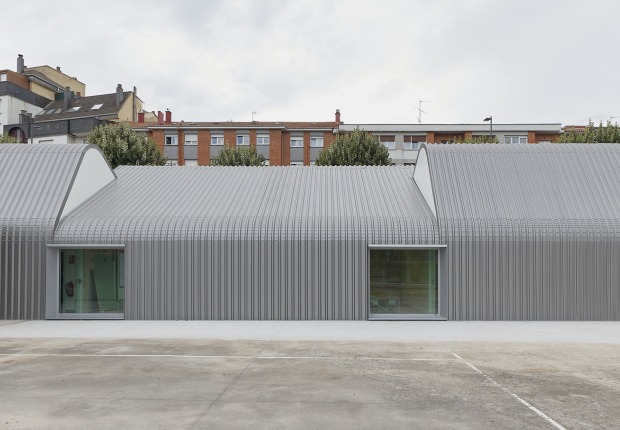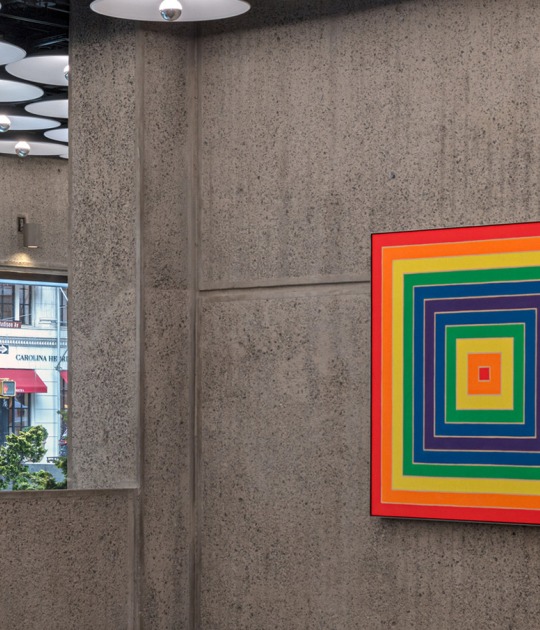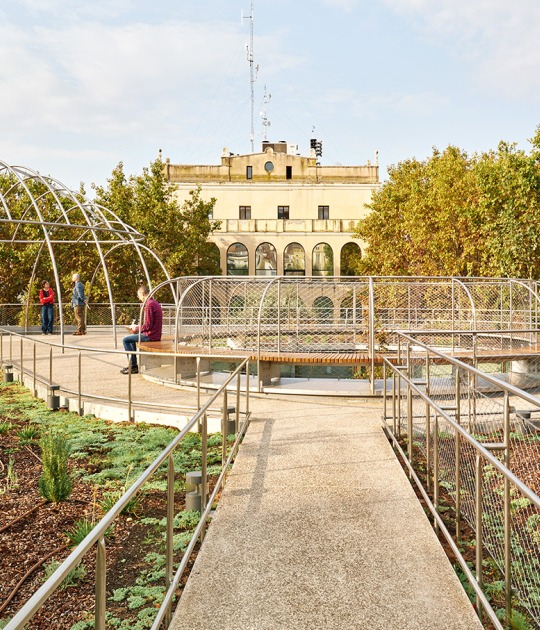After a long journey to settle in Madrid, this year Sir Norman Foster - prize Pritzker, in 1999, and Prince of Asturias of the Arts, in 2009 - seems to be in luck in Madrid. After winning the competition of the Salón de Reinos / Hall of Realms, of Prado Museum, the Norman Foster Foundation will open on June 1. A non-profit institution that will have as its director the historian of architecture and curator María Nicanor, who has worked at the Victoria & Albert Museum in London and the Guggenheim in New York.
Among their support work are the annual scholarships offered through the Royal Institute of British Architects that allow students and researchers of architecture to travel and carry out projects around urbanism. The first project developed by the foundation is Droneport, the first prototype port for drones, which was presented at the Venice Biennale of Architecture in 2016.
The foundation has developed an archive, created in 2015, to preserve and disseminate the work by Norman Foster. A file from the 1950s to the present, with more than 74,000 documents, including drawings and plans, photographic material, models, correspondence, sketchbooks and personal objects. In his prolific trajectory, of more than 50 years, emphasize works like the dome of the Reichstag, in Berlin; The Hong Kong International Airport, the Collserola Tower in Barcelona, the Millennium Bridge and the new Wembley Stadium in London; The Cepsa tower in Madrid, or the Bilbao metro. His studio is currently commissioned to build Apple's California headquarters, among other projects.
On 1 June 2017, the Norman Foster Foundation is hosting a public Forum under the title ‘Future is Now’. Taking place in Madrid’s Royal Theatre, the Forum will celebrate the opening of the Pavilion of Inspirations and the several years of work already carried out in preparation of the Foundation’s launch in Madrid.
The Norman Foster Foundation promotes interdisciplinary thinking and research to help new generations of architects, designers and urbanists to anticipate the future.
We believe in the importance of connecting architecture, design, technology and the arts to better serve society and in the value of a holistic education that encourages experimentation through research and projects.
The Norman Foster Foundation holds the Norman Foster Archive and Library, which provide a window into the larger narrative and history of our built environment through the work of Norman Foster.
The Norman Foster Foundation is based in Madrid and operates globally.
Fundation building
The headquarters of the Foundation are located in a heritage listed palace designed by the celebrated architect Joaquín de Saldaña in 1912 for the Duke of Plasencia. Its handsomely proportioned spaces enabled it to serve as the Embassy of Turkey for fifty years since the nineteen thirties and more recently as the headquarters of a major Spanish bank. The Foundation has undertaken a significant refurbishment to return the palace to its original glory. The many rooms spread over four levels create a good mixture of gallery and study spaces.
The courtyard of the palace is the setting for The Pavilion, a space designed by the Norman Foster Studio within the Foundation. The Pavilion will display objects and audio visual materials of projects, places, people, sculptures and paintings that could inspire future visitors to the Foundation in the same way that they once inspired Norman Foster and his work.
The Pavilion uses laminated glass walls, which serve as the structure to hold up a steel and glass fibre roof with no visible means of support. In the spirit of encouraging the fusion of art and architecture, the Spanish sculptor Cristina Iglesias has created a canopy to cover part of the entrance courtyard, providing shade for the Pavilion façade.




































